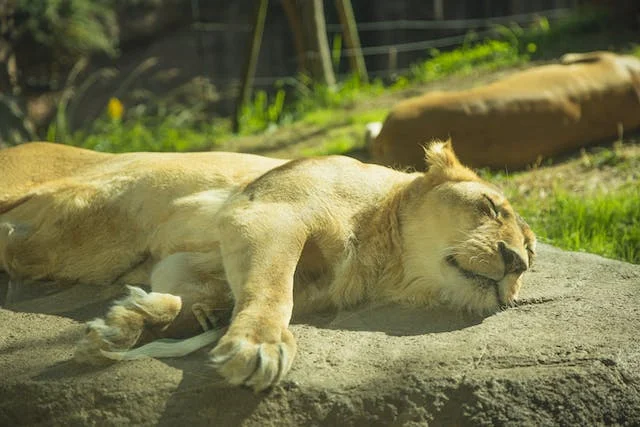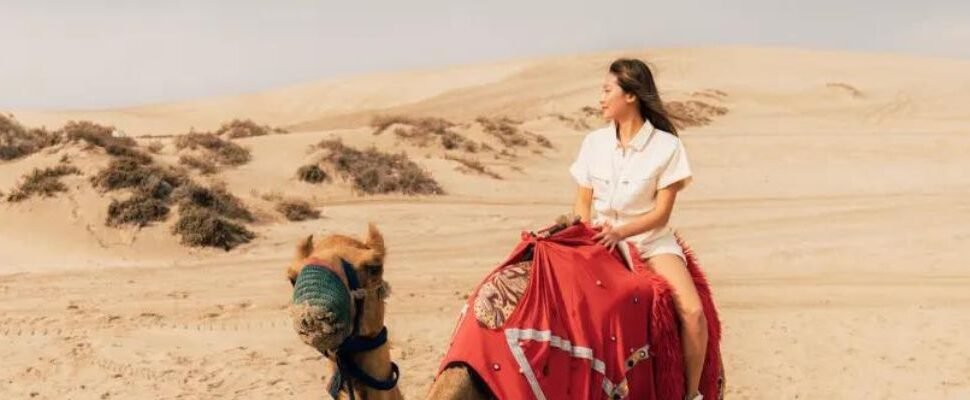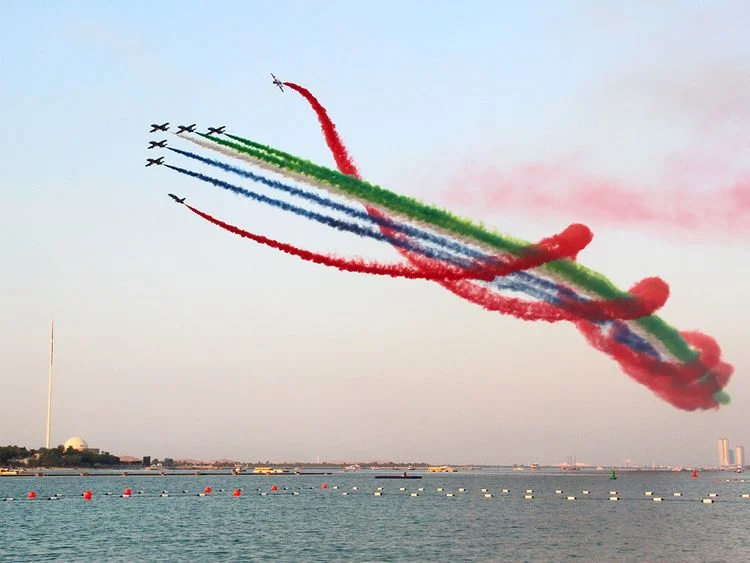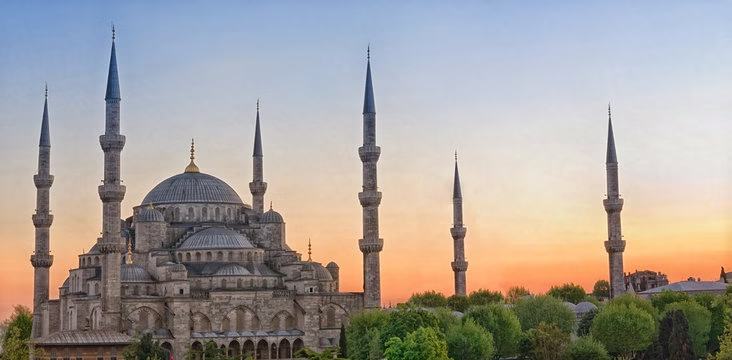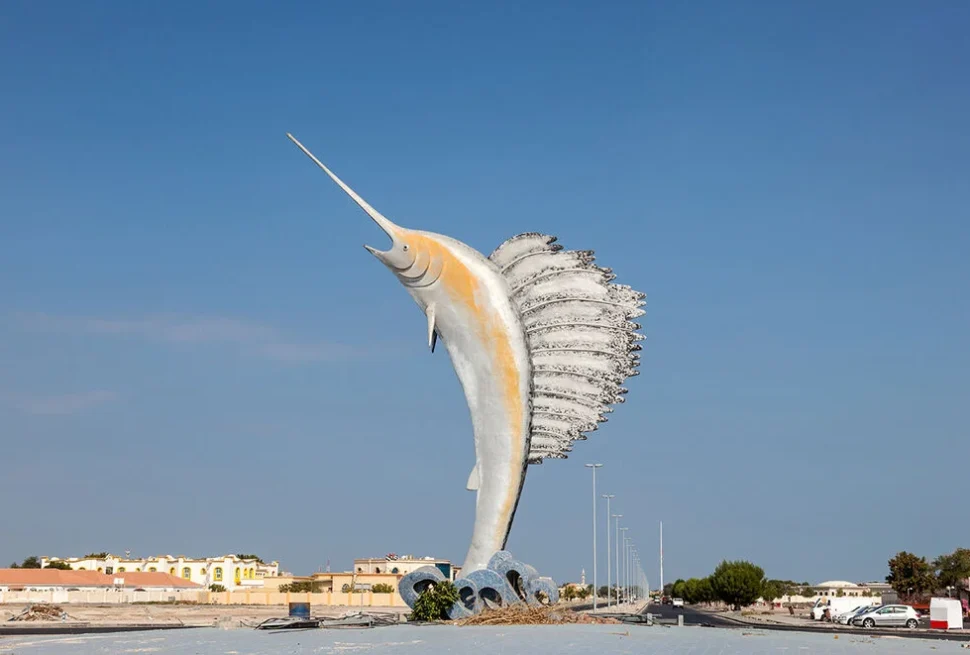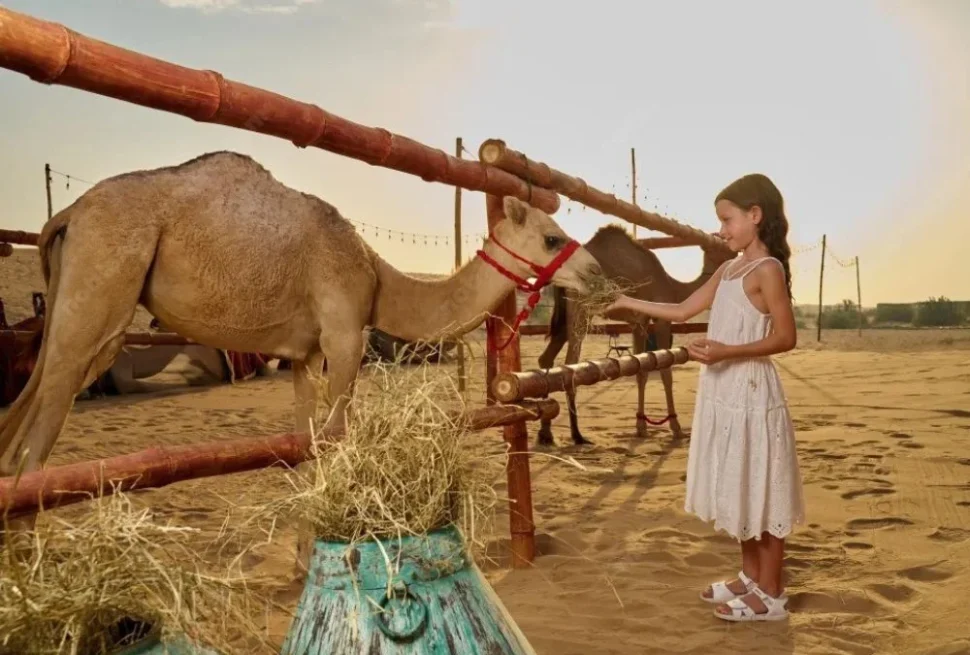Millions of tourists hit the fabulous hotspot -Dubai in each year. Similarly this city is a default destination for the flocks of migrating birds that are tourists who visits in winter season at an ancient wetland containing a wildlife haven. Just a few kilometers away from the bustling city of Dubai, in the wetlands you will find the picturesque reserve of the Ras Al Khor Wildlife Sanctuary. If you are a nature enthusiast, you will definitely like Ras Al Khor Wildlife Sanctuary.
Millions of tourists hit the fabulous hotspot -Dubai in each year. Similarly this city is a default destination for the flocks of migrating birds that are tourists who visits in winter season at an ancient wetland containing a wildlife haven. Just a few kilometers away from the bustling city of Dubai, in the wetlands you will find the picturesque reserve of the Ras Al Khor Wildlife Sanctuary. If you are a nature enthusiast, you will definitely like Ras Al Khor Wildlife Sanctuary. The area is stretched about 620 hectares whose ecosystem consists of mangroves, birds of around 20000 species, pink flamingos, small islands, salt flats and green ponds. Migrating bird take this platform grounds during the winter season. It is being lovely to see these birds in their territory. You are also free to feed the birds in the allotted time given for you in this nature reserve. This delicate vast ecosystem is an ideal place for nature lovers, bird watchers, botanists, environmentalists and photographers. The region is very magnificent as it is also rich in flora. Both flora and fauna adds beauty to this nature’s reserve. Thus making Ras Al Khor Wildlife Sanctuary is one of the best-managed sanctuaries in Dubai.
Everything You Need to Know about Ras Al Khor Wildlife Sanctuary
Millions of tourists hit the fabulous hotspot -Dubai in each year. Similarly this city is a default destination for the flocks of migrating birds that are tourists who visits in winter season at an ancient wetland containing a wildlife haven. Just a few kilometers away from the bustling city of Dubai, in the wetlands you will find the picturesque reserve of the Ras Al Khor Wildlife Sanctuary. If you are a nature enthusiast, you will definitely like Ras Al Khor Wildlife Sanctuary. The area is stretched about 620 hectares whose ecosystem consists of mangroves, birds of around 20000 species, pink flamingos, small islands, salt flats and green ponds. Migrating bird take this platform grounds during the winter season. It is being lovely to see these birds in their territory. You are also free to feed the birds in the allotted time given for you in this nature reserve. This delicate vast ecosystem is an ideal place for nature lovers, bird watchers, botanists, environmentalists and photographers. The region is very magnificent as it is also rich in flora. Both flora and fauna adds beauty to this nature’s reserve. Thus making Ras Al Khor Wildlife Sanctuary is one of the best-managed sanctuaries in Dubai.
Ras Al Khor location
The Ras Al Khor Wildlife Sanctuary is located at the head of the Dubai Creek. This sanctuary aims at protection, conservation and preservation of ecosystem as well as nature. Main motive of this wildlife sanctuary is to ensure that these roving birds which flock here during winter season are provided with a stable environment and access to their needs.
How to Reach Ras Al Khor Wildlife Sanctuary
To reach to the sanctuary, rent a car from the nearest Metro station. Drive along the Dubai to Hatta motorway (E44), and afterwards move towards the Al Ain on E71. Keep an eye out for signposts for Hatta, and then turn back to Dubai – Hatta Road, towards Dubai. Then check for the turnoff to the sanctuary from the 4-lane highway along the route, and go into it. ras al khor timings extends from 7:30am to 5:30pm during the winter season. During summer timings extends from 6am to 6pm that will be from April to September.Best time to visit Ras Al Khor Wildlife Sanctuary
It’s ideal to visit the Mangrove Hide during low tide, when the mangroves are above the water. Any time in a day is suitable, as long as the tides are low. The best time to visit this Sanctuary is during the winter season. This comes in the month between December and March. Weather will be very cooler in this time. It is the best period to spot out migratory birds that comes from African countries to visit their winter homes. Another specialty of this time is you can see pink flamingos occupy their special space in this nature’s reserve. Like humans, flamingos also choose their partner for life. They always maintain a stable relationship with their pair. It is said that the bond between flamingos last for decades. So don’t miss your chance to meet up lovely flamingo couples!!!
Explore the ‘Cape of the Creek’
Ras Al Khor is often referred to as the ‘Cape of the Creek’. This sanctuary in UAE features both flora as well as fauna. The spot is closely monitored and protected by the Dubai Municipality to safeguard the surrounding area. UAE had achieved their dream of bringing up a perfect ecosystem. They had made their success in making up the sanctuary by allowing its visitors to admire the birds in their habitat. It also features a variety of saline flats mudflats, mangroves, and lagoons for the birds to use for their nests and individual habitats. Other than birds, it is home to crustaceans, mammals, reptiles and fish. You can also spot osprey, kingfisher, the sand racer and many more. You could also see a three bird hides which located within the sanctuary which tourists can freely visit during the open hours. During the winter, the sanctuary sees more visits from the public. You need not worry thinking about the ticket price at Ras Al Khor sanctuary as its entry is free of charge.
Things to know before making your visit at Ras Al Khor wildlife sanctuary
Regardless of a solo trip or with a team of members you do not require a permit to visit the sanctuary. However, all media channels, team tours, organizations and academic institutions need to obtain a grant from www.dm.gov.ae in ahead of the visit. It’s ideal to apply at least three days prior to the visit, as the coordinators needs at least two working days to deal with your grants. Forward the application to the Marine Environment & Wildlife Section and Dubai Municipality. Once you receive the electronic permit, print it out, and provide a copy to the sanctuary staff when you show up here. Before visiting you must keep in mind that littering and hunting is not allowed in this wildlife sanctuary. You are strictly prohibited from taking your pets along with you once you are inside of this wildlife sanctuary. We also recommend you to carry your own binoculars for an enhanced bird-watching experience.
The Flamingo Hide:
The flamingoes perch near to the hide, including the elusive Greater Flamingo, so you can have a decent view. Watch the flamingoes feed ravenously as they are taken care by the park rangers in the afternoon. The flamingos are great with regards to imparting their reserve to other bird species like spoonbills, avocets, marsh harriers, ringed plovers, grey herons and kingfishers. These birds rush to the ponds to have their delicious feast of milkfish and queen fish in the nutrient-rich waters. When you gaze upward towards the Zabeel fish lakes, you can watch the Great Spotted Eagles and different raptors soaring overhead.

